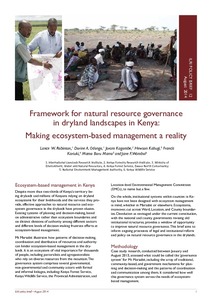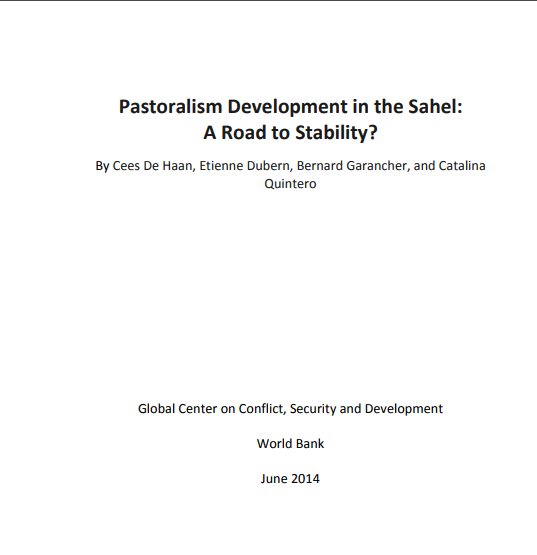Location
Vision, mission and strategy
ILRI's strategy 2013-2022 was approved in December 2012. It emerged from a wide processof consultation and engagement.
ILRI envisions... a world where all people have access to enough food and livelihood options to fulfil their potential.
ILRI’s mission is... to improve food and nutritional security and to reduce poverty in developing countries through research for efficient, safe and sustainable use of livestock—ensuring better lives through livestock.
ILRI’s three strategic objectives are:
- with partners, to develop, test, adapt and promote science-based practices that—being sustainable and scalable—achieve better lives through livestock.
- with partners,to provide compelling scientific evidence in ways that persuade decision-makers—from farms to boardrooms and parliaments—that smarter policies and bigger livestock investments can deliver significant socio-economic, health and environmental dividends to both poor nations and households.
- with partners,to increase capacity among ILRI’s key stakeholders to make better use of livestock science and investments for better lives through livestock.
This is ILRI’s second ten-year strategy. It incorporates a number of changes, many based on learning from the previous strategy (2000–2010, initially produced in 2000 and modified in 2002), an interim strategy (2011–2012) and an assessment of the external and internal environments in which the institute operates.
Members:
Resources
Displaying 296 - 300 of 1152Participatory Land Use Planning to Support Tanzanian Farmer and Pastoralist Investment
The food security of more than 80% of Tanzania’s population and the country’s economic growth depend on family farming on certifi ed village lands. Realizing importance of smallholder’s roles in food security and economic development, the government introduced Village Land Use Planning (VLUP) as a tool towards sustainable family farming in support of green growth – a strategy for sustainably improving productivity within degrading natural resources.
Framework for natural resource governance in dryland landscapes in Kenya: Making ecosystem-based management a reality
Engendering Access to Justice Grassroots women’s approaches to securing land rights
This report presents grassroots women’s approaches to access justice with focus on land and property rights in Africa. This community empowerment-based research undertaken by the Huairou Commission and its partner groups across seven African countries – Cameroon, Ghana, Kenya, Tanzania, Uganda, Zambia and Zimbabwe – showcases women’s rights challenges and effective strategies to improve women’s access to justice.
Guidelines for Group Land Rights in Communal Areas
This manual of guidelines is distributed by the Ministry of Lands and Resettlement to guide Communal Area residents and land authorities about group land rights. This guidance is official. This means that advice should be followed – as relevant to the case in point. Although formal provision for group land rights is new, the idea of holding rights collectively is well known in Communal Areas. Under customary norms, many residents already hold rights to a particular area not as individuals but as members of families and communities (or ‘groups’).
Pastoralism Development in the Sahel: A Road to Stability?
Pastoralism is one of the dominant economies of the Sahel and is by far the main economy on the fringes of the Sahara, a zone of which recently some areas have become unstable. It is estimated that about 50 million people rely on pastoralism for their livelihoods in the Sahel and the Saharan fringes, and most of them are poor. However, the Northern parts of the Sahel and the Sahara have seen a rapid recrudescence of trafficking and other illegal activities. Some areas are now home to extremist groups, several of which are involved in terrorist activities.






